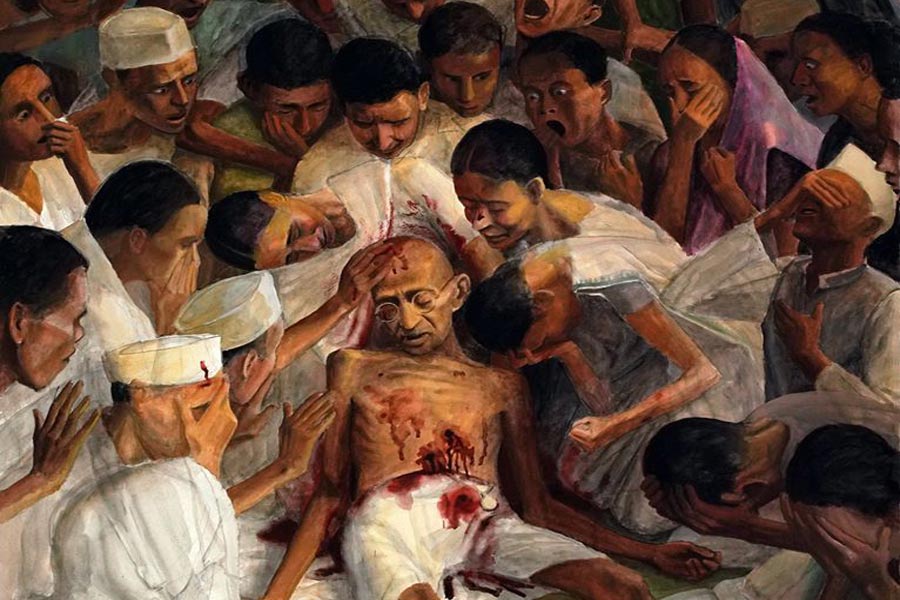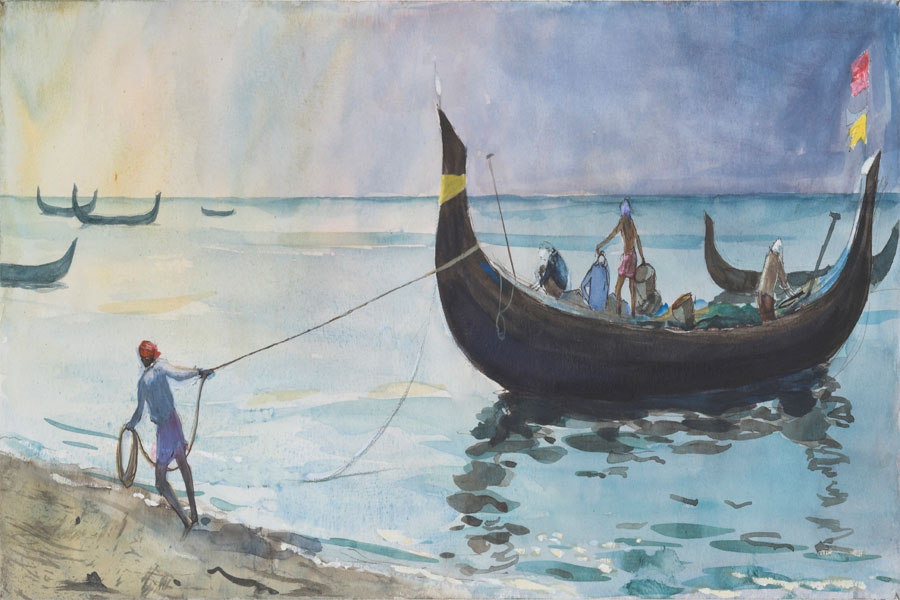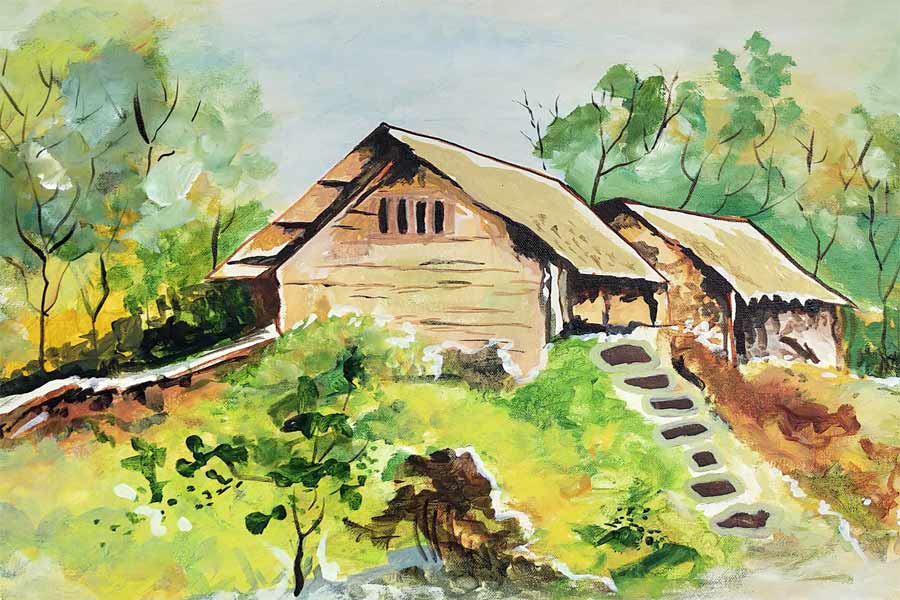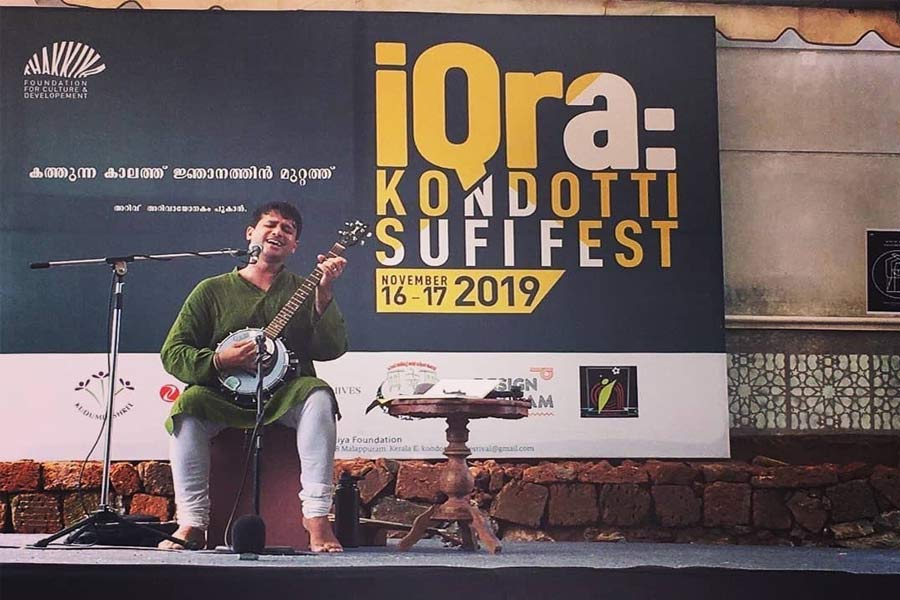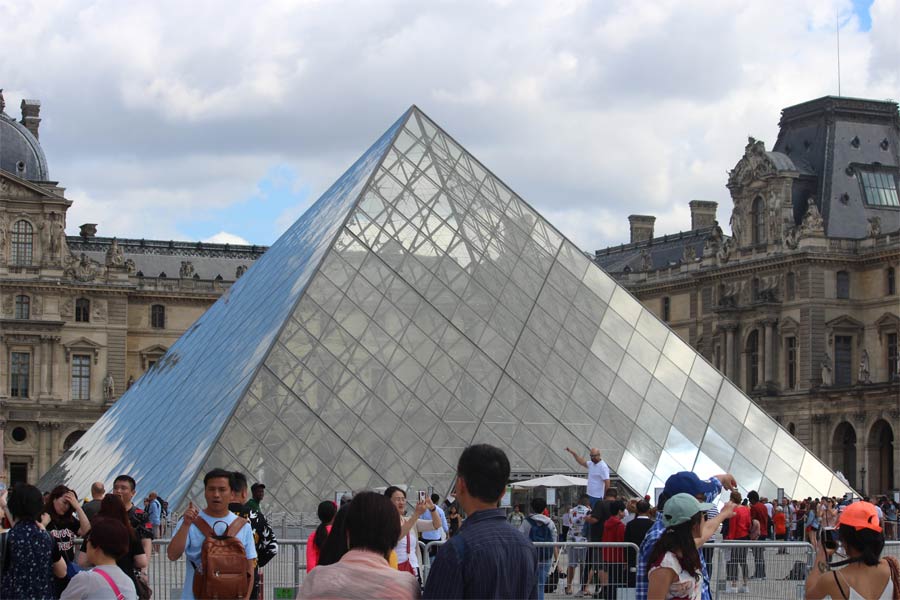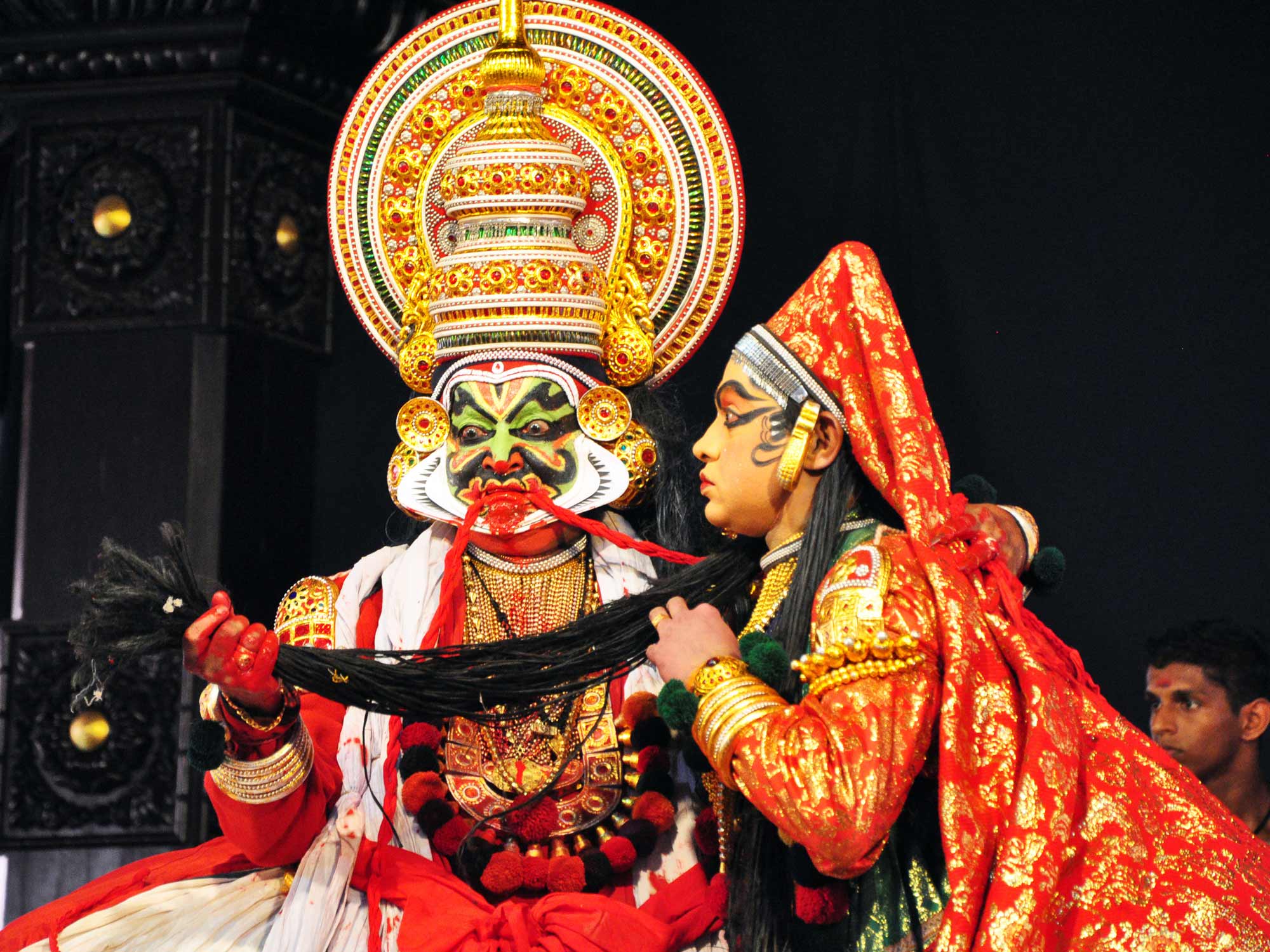The breathtaking beauty of Kerala has attracted travelers and visitors from across the world since time immemorial. The aromatic spices attracted the Portuguese, who later established trade relations and took these spices to their country. Ayurveda has become a world-renowned branch of medicine. Kalaripayattu, which is considered as the world’s first form of martial arts, also originated in Kerala. It is the blend of the lush green landscapes, diverse and opulent culture, and the alluring tradition that has given Kerala the title of ‘God’s Own Country’.
Kerala is also the land that has produced some unique and intricate forms of performing arts that have found admirers in all parts of the world. These art forms have the distinct signature of the culture that Kerala follows and effortlessly gels with the customs and traditions of Malayalees. Perhaps the most important and vibrant art form that originated in the State is Kathakali. This classical art form, which evolved in the 17th century, has acquired a place in the Guinness Book of World Records for the thickest make-up in an art.
The detailed enacting of ancient epics and mythology through a dance-drama performance has lifted Kathakali into a position where it has managed to attract different sections of admirers. Kerala Kalamandalam is very important in this context. The institution has been imparting training in the major art forms of Kerala like Kathakali, Koodiyattam, Thullal, Mohiniyattam, etc. purely in the traditional way that these art forms need to be taught. That is one of the reasons why Kalamandalam still adheres to the ancient Gurukul system. Kalamandalam has also produced some extremely talented and ace Kathakali artistes who have not only spread the charisma of Kathakali in India, but have also represented India globally.
The students and teachers of Kalamandalam are busy preparing to add one more feather to their cap by showcasing a marvelous performance abroad. They have been invited to perform at the White Light Festival hosted by Lincoln Centre in New York City. The performance will take place at the Gerald W. Lynch Theatre at John Jay College.
According to the organisers, “The White Light Festival is a multidisciplinary fall festival on music’s capacity to illuminate the many dimensions of our interior lives. Initiated in 2010, the festival explores music’s spiritual power as revealed in different cultural traditions.”
This year, the festival has included artistic performances from India as well. Choreographer Mark Morris, who has been learning and researching about India for the past few decades, has curated this special edition that includes a section called ‘Sounds of India’, which intends to explore the place, culture, tradition, and the creativity of the artistes here. Artistes rooted in Indian classical music along with Morris’s own dance company are shedding light on the universal nature of Indian classical art forms and its artistic heritage and dynamism.
The Kalamandalam troupe will be performing on October 28 and 30. They will perform ‘Dussasana Vadham’, a part of Duriyodhana Vadham from the Mahabharata. The troupe will be headed by Kalamandalam M. Krishna Kumar who will enact Raudra Bheema, the central character. The troupe will also include senior students of the institution.
Gopikrishnan, the troupe manager for the team, which is all set to fly to New York, says, “It is indeed a prestigious opportunity for us. It is the popularity of Kathakali and the world renowned standard of Kalamandalam that has given us this opportunity. We had also performed earlier at the Kennedy Centre and that is how the organisers of the White Light festival approached us. We will definitely try our level best to deliver a never-seen-before performance.”
Sounds of India also includes music performances by Bombay Jayashri and T.M. Krishna, percussionist and leading Kanjira player V. Selvaganesh, dance performance by Nrityagram, and other similar performances. These productions are expected to provide a clear picture of how deep-rooted Indian culture is and how people are still connected to it. And the best way to showcase Indian art forms is by presenting them on a world stage.
Photographs by The White Light Festival.

